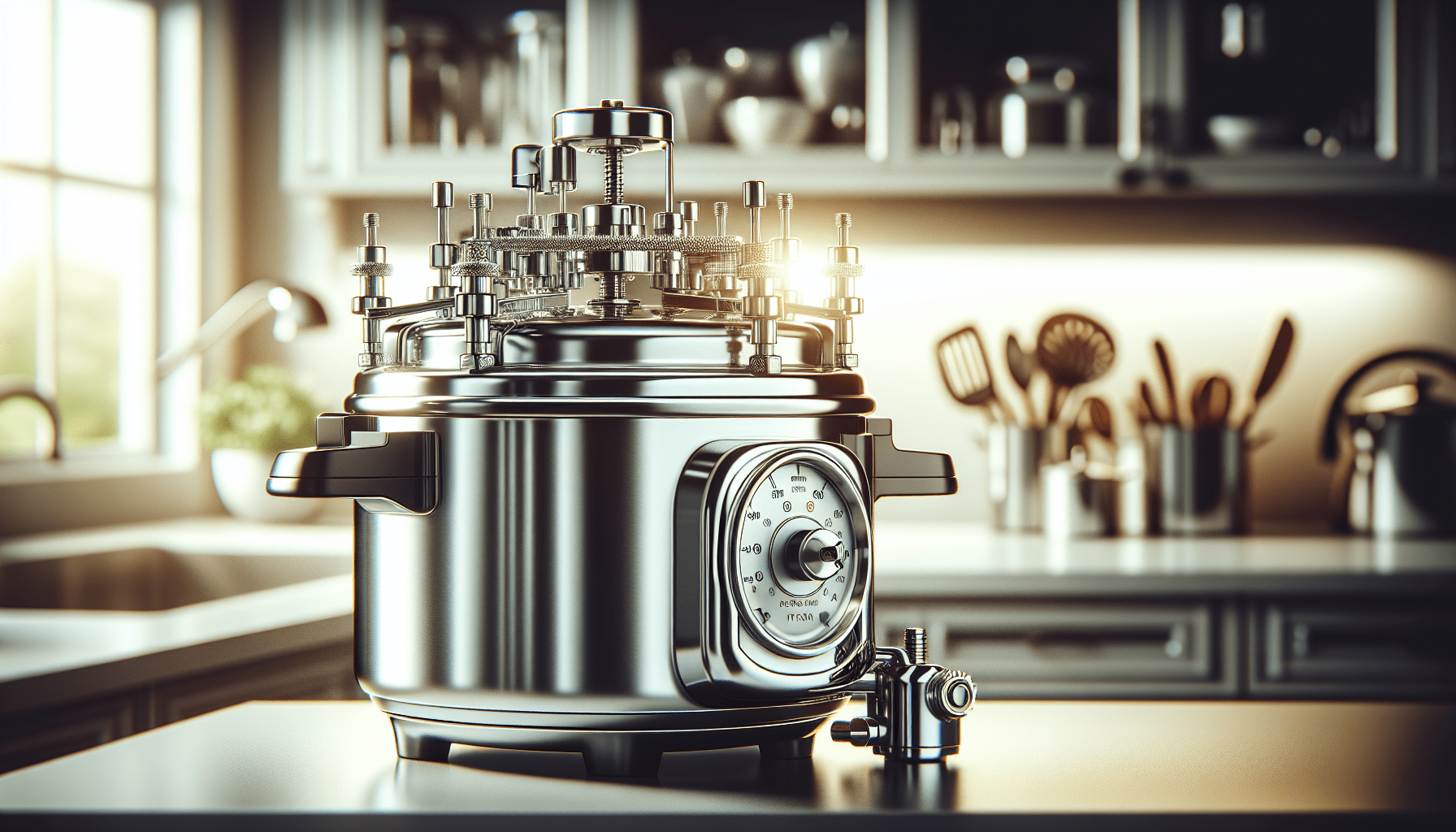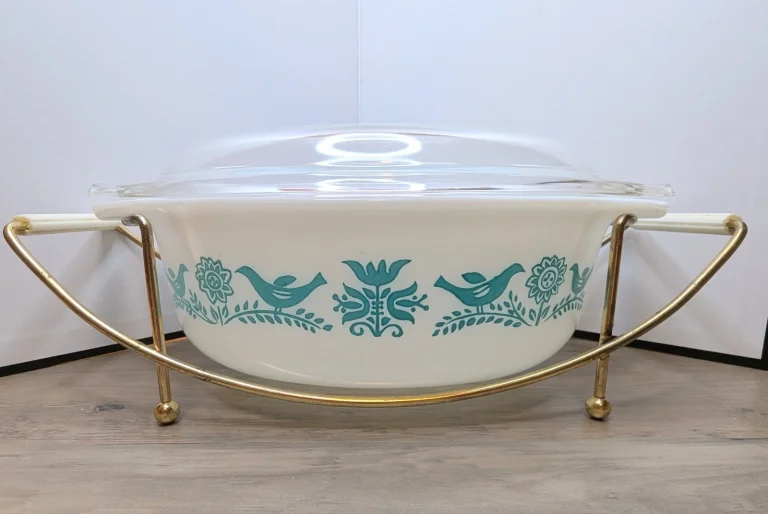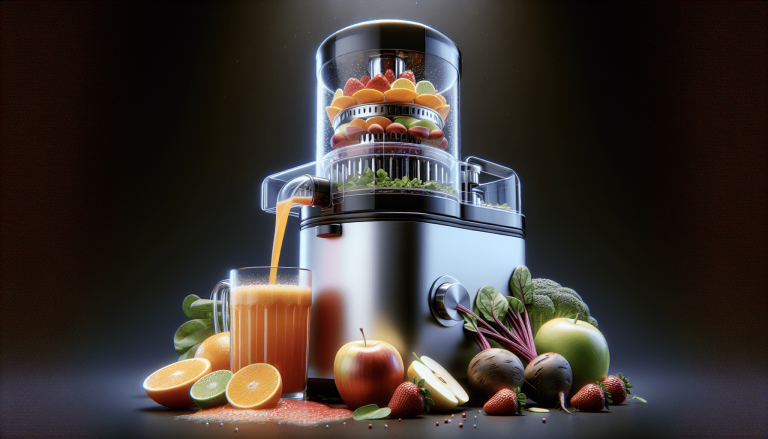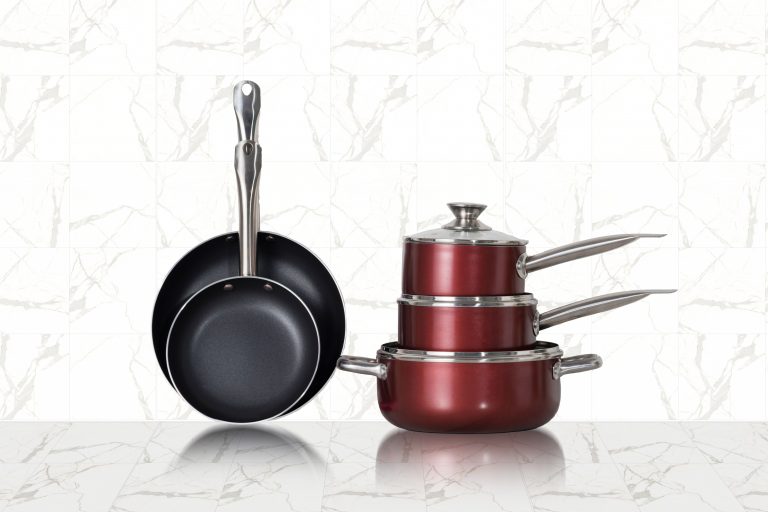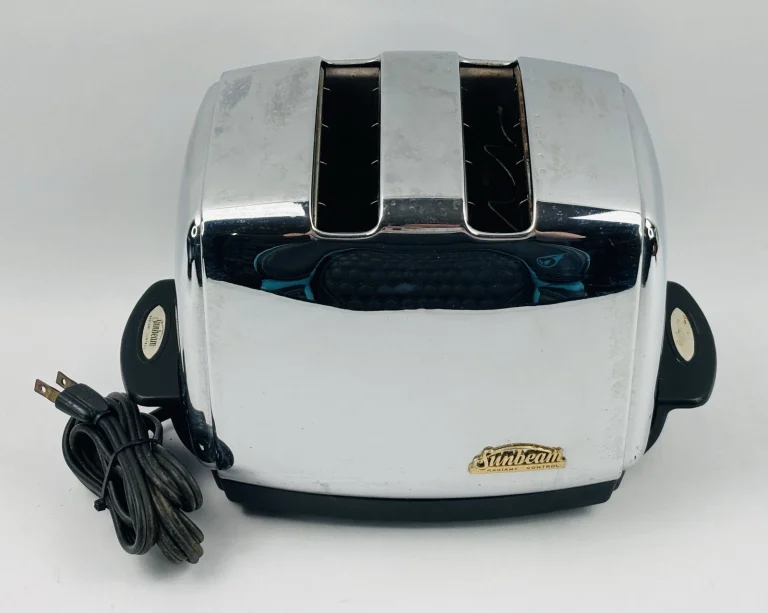How To Use A Pressure Cooker?
Welcome to the ultimate guide on how to use a pressure cooker! In this article, you will learn the ins and outs of using a pressure cooker to create delicious and convenient meals in a fraction of the time. From safety tips to step-by-step instructions, you will be a pro in no time. So, grab your pressure cooker and get ready to elevate your cooking game! Have you ever wondered how to use a pressure cooker to whip up delicious and quick meals in no time? Look no further! This article will guide you through all the steps and tips you need to become a pressure cooking pro. So, grab your pressure cooker and let’s get started!

Getting Started with Your Pressure Cooker
Welcome to the world of pressure cooking! Before you dive into cooking with your pressure cooker, it’s important to familiarize yourself with its parts and functions. Most modern pressure cookers have similar basic parts such as the lid, pressure release valve, pressure indicator, and inner pot.
Familiarize Yourself with the Parts
Make sure to read the instruction manual that comes with your pressure cooker to understand each part’s purpose and how they work together. This will help you operate the pressure cooker safely and efficiently.
Test the Pressure Cooker
Before using your pressure cooker for the first time, do a test run by adding some water to it and following the manufacturer’s guidelines on how to bring it to pressure and release the pressure safely. This will help you get a feel for how your pressure cooker operates.
Preparing Your Pressure Cooker for Cooking
Now that you’re familiar with your pressure cooker’s parts and functions, it’s time to get it ready for cooking. Properly preparing your pressure cooker will ensure that your food cooks evenly and efficiently.
Add Liquid
Always remember to add liquid to your pressure cooker before cooking. The liquid creates steam, which builds up pressure and allows the food to cook quickly. Follow your recipe’s instructions on how much liquid to add.
Fill the Pot
Avoid overfilling your pressure cooker! Most pressure cookers have a fill line inside the pot to indicate how much food you can safely cook without obstructing the pressure release valve.
Lock the Lid
Properly lock the lid of your pressure cooker before cooking. This ensures that no steam can escape during the cooking process, allowing the pressure to build up inside the pot.
Cooking with Your Pressure Cooker
Now that your pressure cooker is prepped and ready, it’s time to start cooking! Cooking with a pressure cooker can significantly reduce the cooking time of your favorite recipes, making mealtime a breeze.
Choose the Right Cooking Setting
Most pressure cookers come with different cooking settings such as high pressure, low pressure, sauté, and steam. Select the appropriate setting for your recipe to achieve the best results.
Bringing the Pressure Cooker to Pressure
Once you’ve set your pressure cooker to the desired setting, it will begin to heat up and build pressure. You’ll know it’s reached the correct pressure when the pressure indicator pops up, and steam starts to escape from the pressure release valve.
Cooking Time
Pressure cooking significantly reduces the cooking time of most recipes compared to traditional methods. Follow your recipe’s instructions for the recommended cooking time, and don’t forget to account for the time it takes for the pressure to build up.
Releasing the Pressure
Once the cooking time is up, you’ll need to release the pressure from the pressure cooker before opening the lid safely. There are two primary ways to release the pressure: natural release and quick release.
- Natural Release: Allow the pressure to release naturally by removing the pressure cooker from heat and letting it sit until the pressure indicator drops down on its own. This method is ideal for foods that benefit from additional cooking time.
- Quick Release: Use the quick-release method by carefully turning the pressure release valve to release the pressure quickly. Be cautious of the hot steam that will escape during this process.
Tips and Tricks for Pressure Cooking Success
Pressure cooking can be a game-changer in the kitchen, but it does require some know-how to achieve perfect results every time. Here are some tips and tricks to help you become a pressure cooking pro:
Don’t Overfill the Pot
To ensure that your pressure cooker can build up enough pressure, avoid overfilling the pot with ingredients. Leave some space at the top to prevent clogging the pressure release valve.
Use the Right Amount of Liquid
The liquid is essential for creating steam and building pressure in the pressure cooker. Always follow your recipe’s instructions on how much liquid to add to achieve the best results.
Get Creative with Flavors
Pressure cooking locks in flavors and nutrients, making it perfect for creating delicious and aromatic dishes. Experiment with different herbs, spices, and seasonings to elevate the flavors of your recipes.
Practice Patience
Pressure cooking may be quicker than traditional cooking methods, but it still requires some patience, especially when waiting for the pressure to release naturally. Trust the process, and your meals will turn out perfectly every time.
Cleaning and Maintenance
Properly cleaning and maintaining your pressure cooker will ensure its longevity and keep it in top condition for years to come. Here are some tips for keeping your pressure cooker clean and functioning efficiently:
Hand-Wash the Parts
Avoid putting the parts of your pressure cooker in the dishwasher, as it can cause damage to the components. Instead, hand-wash the lid, inner pot, and other removable parts with warm, soapy water.
Check the Seals
Regularly check the seals on your pressure cooker to ensure that they are in good condition. Damaged or worn-out seals can affect the pressure cooking process, so replace them as needed.
Store Properly
When not in use, store your pressure cooker in a cool, dry place away from direct sunlight. Make sure all parts are completely dry before storing to prevent mold and mildew from forming.
Perform Regular Maintenance
Follow the manufacturer’s guidelines for regular maintenance, such as descaling the pressure release valve and checking for any signs of wear and tear on the parts. This will help keep your pressure cooker in optimal condition.
Final Thoughts
Congratulations on mastering the art of using a pressure cooker! With these tips and tricks, you’ll be whipping up delicious and flavorful meals in no time. Remember to read your pressure cooker’s instruction manual thoroughly and practice patience as you become more comfortable with pressure cooking. Enjoy your culinary adventures with your trusty pressure cooker!

